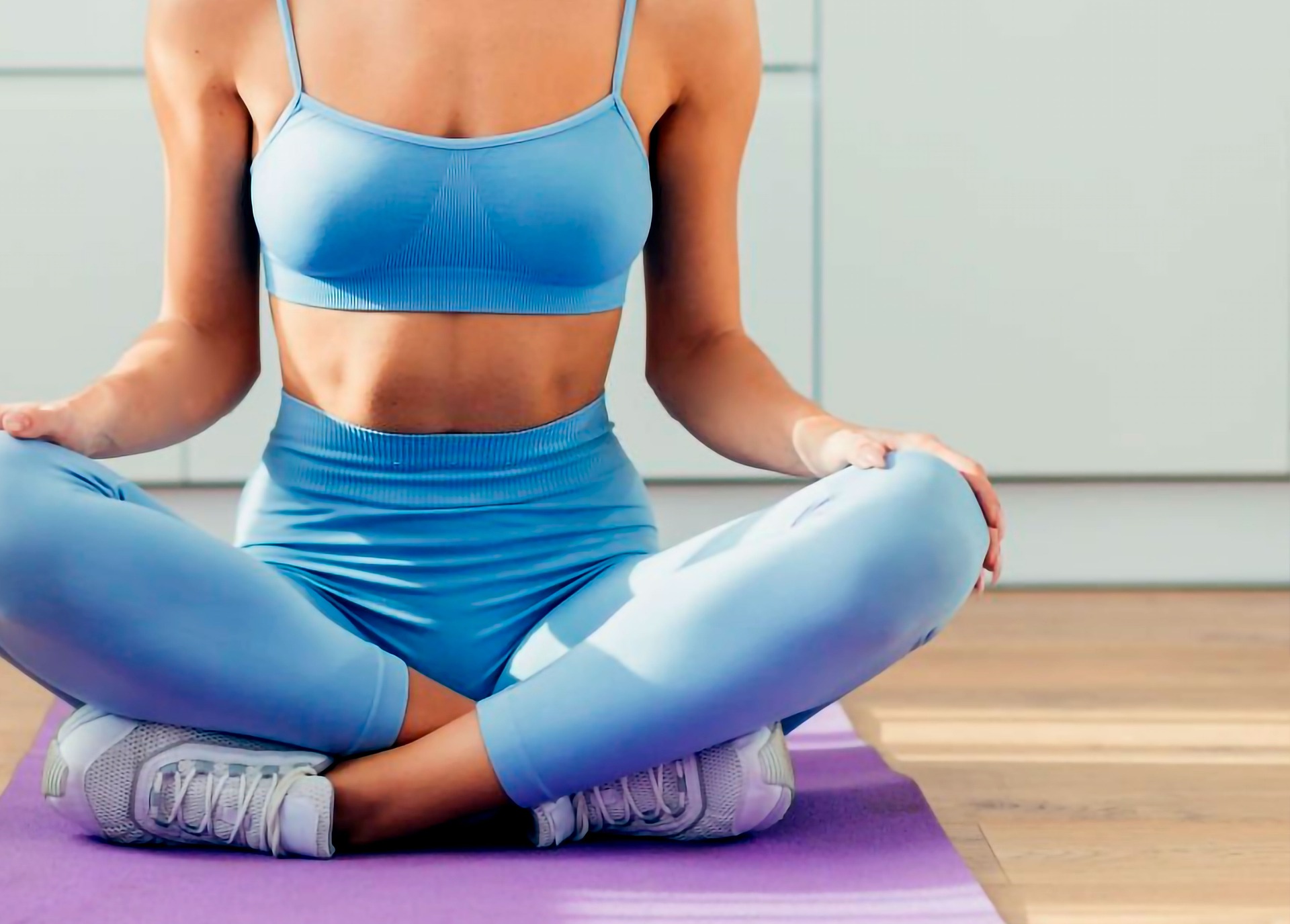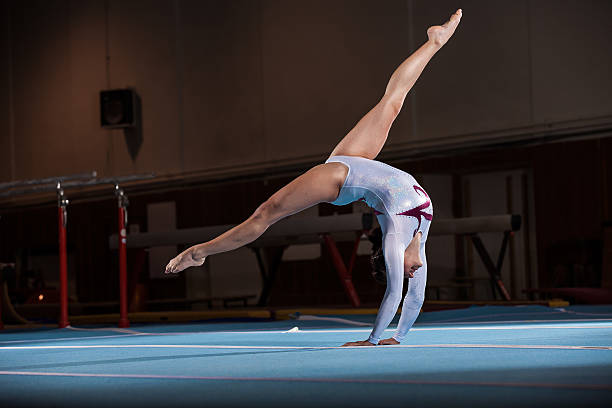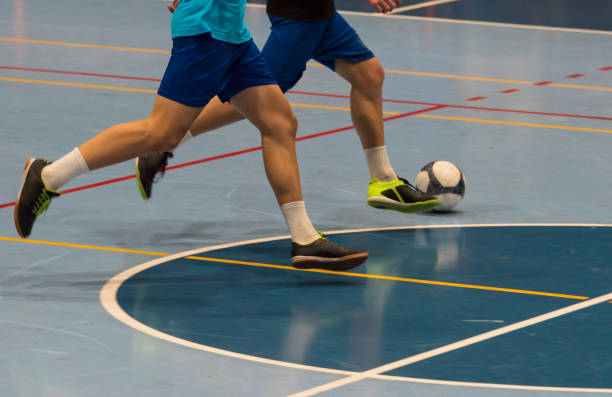Pilates Reimagined: A Modern Take on a Classic Fitness Practice
Pilates, a 20th-century invention by physical culturist Joseph Pilates, is a mind-body practice that focuses on strength, flexibility, and overall body awareness. Despite its century-old origins, this fitness modality is evolving and finding new relevance in today's beauty and wellness industry.

The Birth and Evolution of Pilates
Joseph Pilates developed the practice in the early 1900s as a form of rehabilitation for injured soldiers during World War I. The emphasis on core strength, flexibility, and body awareness made it an effective method for healing and injury prevention. After the war, Pilates migrated to the U.S, where the practice gained popularity among dancers and the elite. Today, the practice has evolved and is now widely accessible, catering to various fitness levels and goals.
Current Trends in Pilates
Modern Pilates is experiencing a resurgence, with innovations that make it more accessible and appealing to a broader audience. One significant trend is the integration of Pilates with other forms of exercise, such as yoga and resistance training. This fusion allows for a more comprehensive workout that combines the benefits of multiple fitness modalities.
Another trend is the use of cutting-edge equipment to enhance the traditional Pilates workout. The reformer, a specialized Pilates apparatus, has been redesigned in recent years to allow for a wider range of exercises and more significant results.
Benefits and Relevance in Today’s Market
Pilates offers numerous benefits that align with the current emphasis on holistic wellness in the beauty and fitness industry. It improves posture, enhances flexibility, builds strength, and promotes mental focus and relaxation. As modern life increases stress and sedentary behaviors, Pilates provides a counterbalance that promotes physical health and mental well-being.
Furthermore, the adaptability of Pilates makes it relevant to various demographics. From young athletes to older adults and from prenatal women to rehabilitation patients, Pilates offers a low-impact workout that can be tailored to individual needs and abilities.
Industry Impact of Pilates
The beauty and fitness industry has recognized the value of Pilates, and its presence is felt in gyms, wellness centers, and online platforms worldwide. According to a report by IBISWorld, the Pilates and Yoga Studios industry has grown by 9.1% in the last five years, reflecting the growing demand for these practices.
The rise of Pilates has also fueled the growth of related markets, including Pilates equipment and instructor training programs. The industry’s expansion is expected to continue, driven by increasing consumer awareness of the benefits of Pilates and the ongoing innovation in the practice.
Evidence-Based Recommendations
Numerous studies support the benefits of Pilates. A 2017 review published in the Journal of Bodywork and Movement Therapies concluded that Pilates could effectively improve balance in older adults. Another study in the International Journal of Sports Medicine found that Pilates could enhance athletic performance by improving flexibility, body composition, and core strength.
To reap the benefits of Pilates, experts recommend practicing at least two to three times per week. Beginners should start with a certified instructor to ensure proper form and prevent injuries. As proficiency improves, individuals can incorporate Pilates into their routine at home or in group classes.
In conclusion, Pilates has emerged from its historical roots to become a modern powerhouse in the beauty and fitness industry. Its unique focus on mind-body integration, combined with its flexibility and adaptability, make it a relevant and valuable practice for today’s wellness-focused consumer. As the industry continues to evolve and innovate, Pilates is poised to remain a significant player in the world of fitness and wellness.





